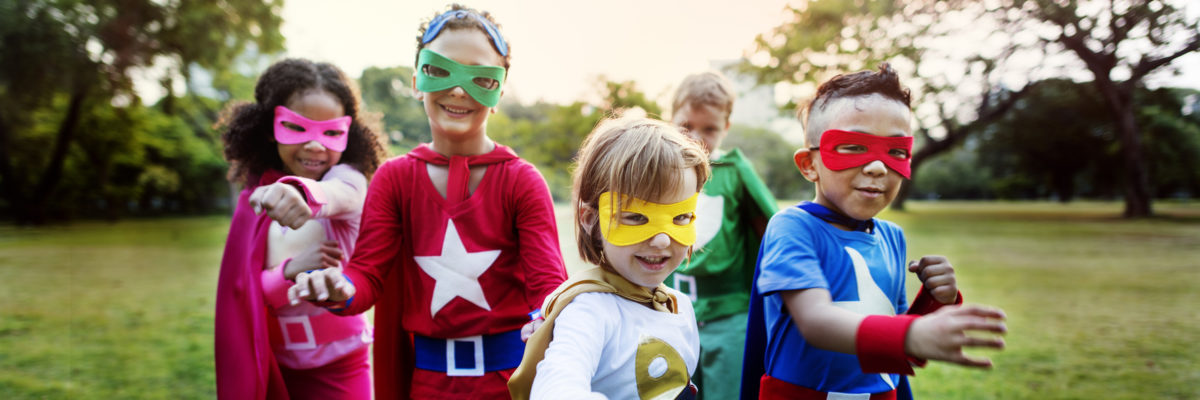
The term twice-exceptional, abbreviated as 2E, refers to gifted children who have some form of disability. They are considered exceptional because of their giftedness (e.g., intellectual, creative, perceptual, etc.) and because of their special needs (e.g., specific learning or developmental disability, etc).
The disabilities are varied and include, but are not limited to, the following:
- Autism, or autism spectrum disorder (ASD)
- Asperger syndrome
- Tourette syndrome (TS)
- Dyslexia
- Sensory processing disorder (SPD)/auditory processing disorder (APD)
- Anxiety and/or depression
- Obsessive-compulsive disorder (OCD)
- Attention-deficit/hyperactivity disorder (ADHD)
There is no clear-cut profile of a twice-exceptional child because the strengths and disabilities are so varied. This makes it difficult to determine how many of them there might be in the general population. But recent research suggests that there might be 300,000 to 400,000 2E children in the U.S., or .05% of the number of children under the age of 18.
Similar research indicates that Australia has an estimated 400,000+ 2E student population – in other words, 10% of all Australian children are gifted. Other research places the number in Australia as high as 30% of all gifted children. Twice-gifted children a significant segment of the educational community, and growing research suggests that they are not being adequately cared for.
Gifted students with a coexisting disability is a category now being studied more closely by educators and researchers, with a growing consensus that this group of children requires individualized approaches to education that accommodates their strengths while simultaneously supporting their challenges.
Addressing both sides of the 2E paradox means that education professionals must deal with the false perceptions that people have of gifted children with problems.
Addressing Myths About 2E Students
There are many misconceptions about 2E learners. One is that their giftedness will take care of any shortcomings they have. A closer look shows that they indeed have separate sets of characteristics that constitute both giftedness and deficiencies.
Another myth is that, if gifted students have any trouble in school, it’s because they are not trying hard enough. The truth is that these children can be great in one specific area of study but have trouble communicating, or processing information, or socializing. It has nothing to do with effort.
There are special education plans for students who are challenged emotionally or intellectually. The thinking is that gifted students do not qualify for special education programs. This is not true.
According to the Individuals with Disabilities Education Act (IDEA), schools must evaluate any child where a disability is suspected, and that includes 2E students. If these students are found eligible, they should be given an IEP or a 504 plan.
Addressing disabilities has taken precedence when 2E children are diagnosed. This is often done to the detriment of supporting intellectual giftedness. But the National Education Association (NEA) stresses that programs for these 2E learners should be individualized to meet both their giftedness and their special education.Neither area is more important than the other.
Research shows that 2E children are underrepresented in gifted programs. Some people feel that the reason is those children need special accommodations. That is not true, either. Gifted children need accommodations to help with the process of learning, and this has nothing to do with the content. These 2E learners should have the same access to advanced courses as other gifted students.
Another misconception is that, since gifted students are smarter than other students, they should also be more mature. But the truth is, 2E learners may have significant problems socially and emotionally because of their asynchronous development. They are ahead intellectually but behind in maturity. It’s hard for them to get along with peers.
Identifying 2E Students
Researchers have been studying proper and appropriate approaches for the identification of 2E students based on specific learning characteristics. They have found that 2E learners perform highly on some, but not all, of the gifted screening tests used in the public-school systems.
But they also score poorly on one or more of the local, state, or national standardized tests used to measure individual learning progress. One of the indicators of twice-exceptionality, then, is an inconsistency in test results.
This is also shown by WISC tests. Many 2E learners do well on the WISC tests that involve spatial, pattern recognition, verbal comprehension, and abstract conceptualization. This indicates that these children are problem solvers. However, many of these 2E children do poorly on measures of processing details and rote memorization.
The conclusion of recent research on testing is that a multi-dimensional approach should be used to identify 2E children. This approach should include written assessments like WISC but also behavioral checklists completed by parents, teachers, and students. It should also include portfolio reviews and interviews to give an informal assessment to go along with the formal ones.
Improving Instruction, Curriculum, and Academic Achievement
The vast majority of educational programs are designed for average students with evenly distributed abilities. Special education programs are designed for average students who have learning disabilities (LDs). And there are programs for gifted students without LDs.
There needs to be more programs for a fourth category, 2E students. These programs need to be individualized and supported by a team of professionals, classroom teachers, special ed teachers, gifted teachers, and counselors, as well as parents and students themselves.
These programs should nurture the students’ strengths and interests as well as foster their social and emotional development in a nurturing environment. The teacher should provide for individual learning styles and multiple intelligences, provide individual and flexible group instruction, and promote individual growth and potential.
Teachers and programs should identify learning gaps, provide remedial instruction, and support students’ capacities to cope with change and growth with mixed abilities and temperaments.
Technology should be encouraged as useful tools to help 2E learners. For example, students who are very good with high-level mathematical problem solving but not with simple computations could be given calculators or laptop computers with supporting software like voice-recognition software or word prediction.
The ideal classroom for the 2E learner is very far from what exists today. The “No Child Left Behind” laws failed to identify 2E needs nor services for them. What 2E children need is a flexible combination of strategies including acceleration, remediation, and social/emotional support. 2E children have many challenges, and our schools need to be competent enough to address each of them to develop the students’ full potential.

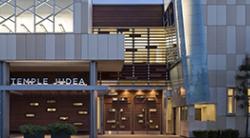
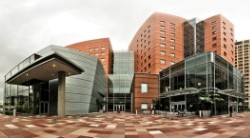
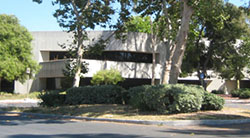
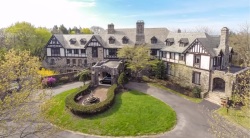
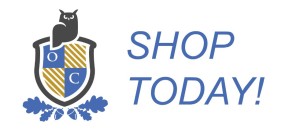

0 responses to “2E Students: Who They Are and What They Need”